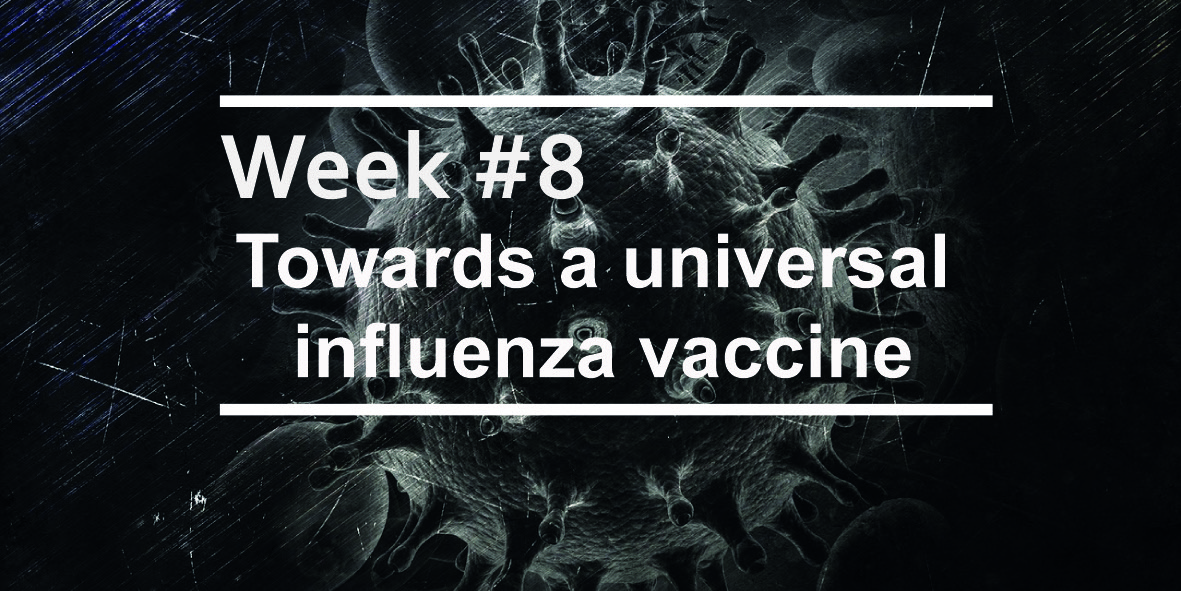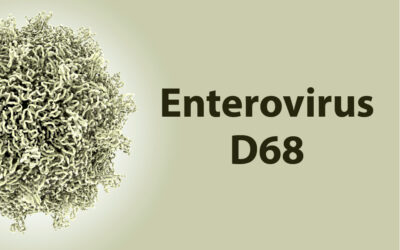Towards a universal influenza vaccine
Is a universal influenza vaccine on the horizon?
In this week’s virology post, drawing on an excellent recent review by Sautto et al. (Virology Journal), we highlight some of the innovative approaches being used in attempts to improve the effectiveness of influenza vaccines.
The heavy burden of influenza
The influenza virus inflicts a heavy health burden with epidemic and pandemic potential. Influenza affects up to 30% of the global population annually, resulting in millions of hospitalisations and thousands of deaths.
Annual vaccination is ineffective
Annual vaccination is our primary weapon against influenza, but its effectiveness is limited. This is because flu vaccines only confer protective immunity when there is a close match between the selected vaccine strains and the circulating influenza isolates. Therefore, these seasonal influenza vaccines need to be reformulated annually to keep up with the new viral genetic variants that arise. Despite the efforts of the World Health Organization’s Global Influenza Surveillance and Response System (GISRS), preparedness against influenza is compromised by the unpredictable variation of the circulating strains.
The search for a universal influenza vaccine
New antiviral approaches are needed that can overcome the inherent variability of influenza. Many of the new approach currently aiming at more broadly-reactive or universal influenza vaccines are focused on influenza’s surface receptor-binding glycoprotein, hemagglutinin (HA). We’ll briefly describe a few of these approaches below. For those in search of greater detail, Sautto et al.’s review is Open Access at Virology Journal.
The hemagglutinin stem region: Influenza’s Achille’s heel?
HA is comprised of a highly variable globular head region and a conserved stem region. Therefore, different approaches are needed depending on which of these regions is the intended target. The stem region of HA could be considered an Achille’s heel because it’s conserved viral proteins are shared among seasonal and pre-pandemic strains. This makes the stem region of HA an attractive target for those aiming at a universal flu vaccine. One tactic aimed at eliciting anti-HA stem antibodies involves generating minimized stem immunogens that can be produced in eukaryotic and prokaryotic systems. These mini-stem antigens are advantageous because they are thermally and chemically stable, making them a cost- and storage-affordable option. Multiple groups have now produced properly folding mini-stem immunogens capable of eliciting a heterosubtypic immune response, suggesting that this approach might be fruitful.
Can COBRAs overcome influenza’s tricky variability?
The globular head of HA contains the virus’s receptor binding site. Therefore, antibodies targeting this region inhibit virus binding to the target cell. However, there is a high variability of epitopes in the globular head, which complicates efforts to elicit a broad-spectrum immune response against this region of HA. The use of computationally optimized broadly reactive antigens (COBRAs) is one approach that aims to overcome this variability in the HA head region. COBRAs are generated by generating a phylogenetic tree of the target protein, which is then used to derive a consensus sequence. Thus, this approach is able to recapitulate, in a unique protein, amino acid changes undergone by the influenza virus. Prototype COBRA-based vaccines have been shown to elicit broad-spectrum immune responses in animal models.
Hopes for a universal flu vaccine
In 1918, a flu pandemic resulted in the deaths of 50 to 100 million people, one of the deadliest natural disasters in human history. This has been followed by similar expressions of influenza’s pandemic potential in 1957, 1968, and 2009. Therefore, there is a clear need to move beyond the partially effective seasonal vaccination programs towards a universal influenza vaccine that can protect against novel strains with pandemic potential. Efforts to develop a universal influenza vaccine, such as those described above, might protect against a repeat of a tragedy on this scale. With GlaxoSmithKline, Sanofi-Pasteur, and BiondVax Pharmaceuticals Ltd each having candidate universal influenza vaccines in advanced stages of development, might we be about to master influenza?
Further Reading
For those interested in the universal vaccines currently in advanced stages of development, you can read more by following the links below:
https://www.ncbi.nlm.nih.gov/pubmed/23576508
https://www.nature.com/articles/s41541-017-0026-4
https://www.ncbi.nlm.nih.gov/pubmed/21320540
https://www.ncbi.nlm.nih.gov/pubmed/26912624
http://jvi.asm.org/content/early/2017/09/28/JVI.01581-17.abstract
https://www.ncbi.nlm.nih.gov/pubmed/10383936
https://www.ncbi.nlm.nih.gov/pubmed/19356612
https://www.ncbi.nlm.nih.gov/pubmed/25173483




